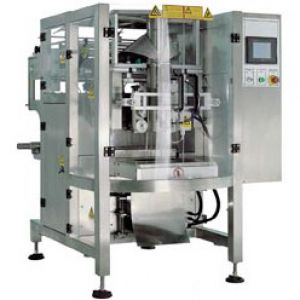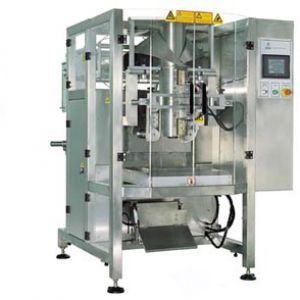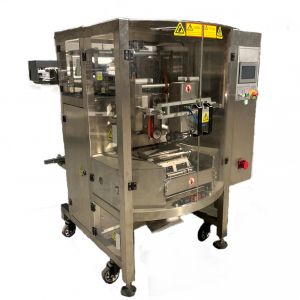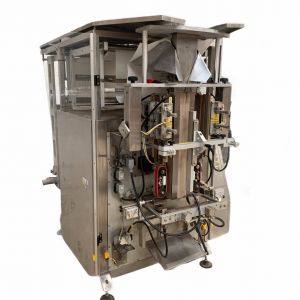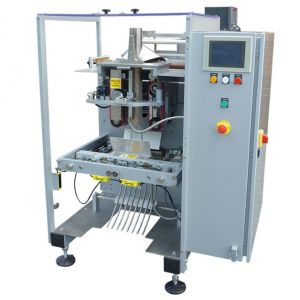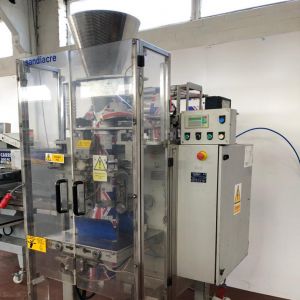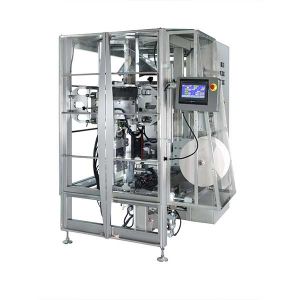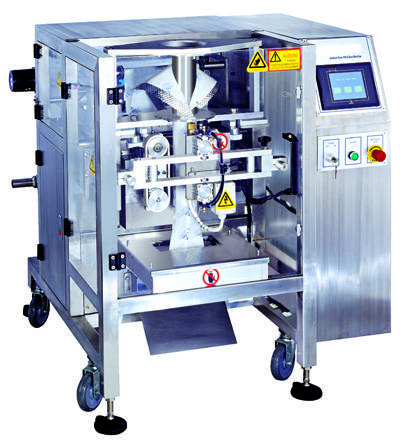
What is a Bagging Machine (VFFS)?
A vertical form fill and seal (VFFS) machine is a type of automated packaging equipment used in various industries to package a wide range of products efficiently and effectively. It is commonly employed for packaging granular, powder, liquid, and solid products such as snacks, coffee, grains, pet food, and more.
The VFFS machine operates by taking a continuous roll of flat packaging film or material, which is typically made of materials like polyethylene, polypropylene, or laminates, and converts it into a formed pouch or bag. The machine follows a vertical workflow to complete the packaging process, which typically consists of the following stages:
-
Film Unwinding: The packaging material is unwound from a large roll, and it passes through various components of the machine.
-
Forming: The film passes through a forming section, where it is shaped into a tube by passing it through sets of rollers and guides. The width of the tube can be adjusted according to the desired bag size.
-
Vertical Sealing: The longitudinal edges of the tube are sealed together to create a continuous vertical seal, forming a secure bag.
-
Product Filling: The open end of the formed bag is positioned below the filling station. The product to be packaged is then dosed into the bag through an auger filler, volumetric filler, or another type of filling mechanism.
-
Horizontal Sealing: After filling, the top end of the bag is sealed horizontally to close it and ensure the product remains contained.
-
Cutting: Once the horizontal seal is complete, a cutter or serrated jaw cuts the bag from the roll, creating individual pouches.
-
Discharge: The finished and sealed bags are discharged from the machine, ready for further processing or distribution.
VFFS machines can come in various configurations, including intermittent motion and continuous motion types. Intermittent motion machines operate in a start-stop manner, while continuous motion machines have a continuous flow of film and are generally used for high-speed production.
These machines offer numerous advantages, including high production rates, consistent and accurate packaging, reduced material wastage, and enhanced product protection. Additionally, they can be equipped with various optional features such as gas flushing (to extend product shelf life), printing capabilities for date codes and batch numbers, and easy integration with other packaging and processing systems.
Select a Bagging Machine (VFFS) Solution








